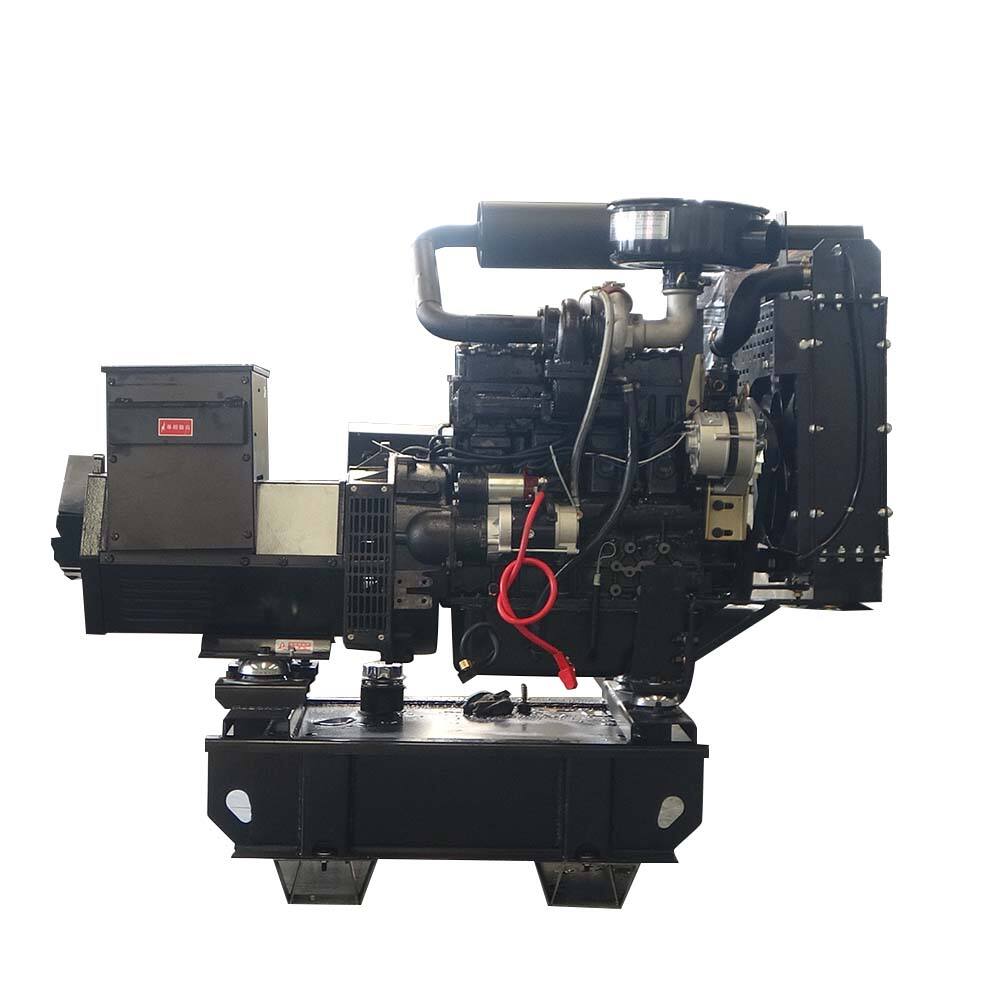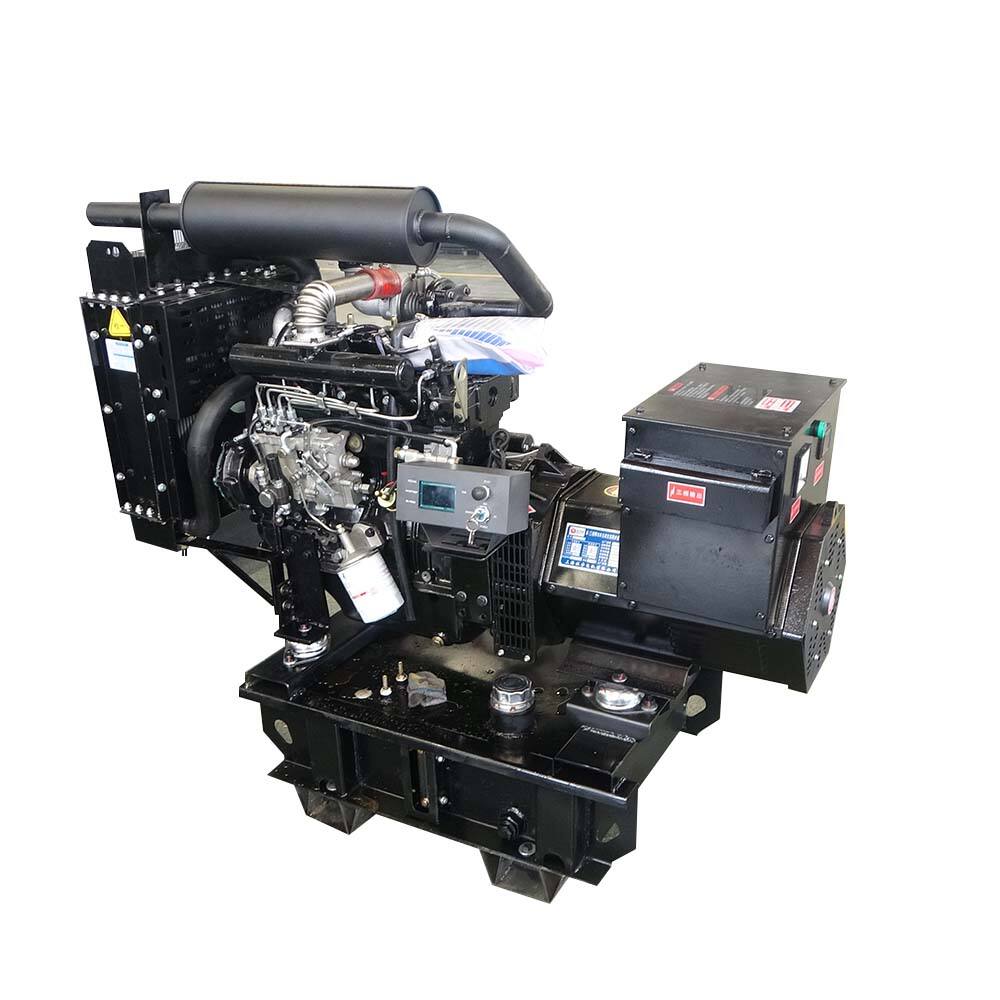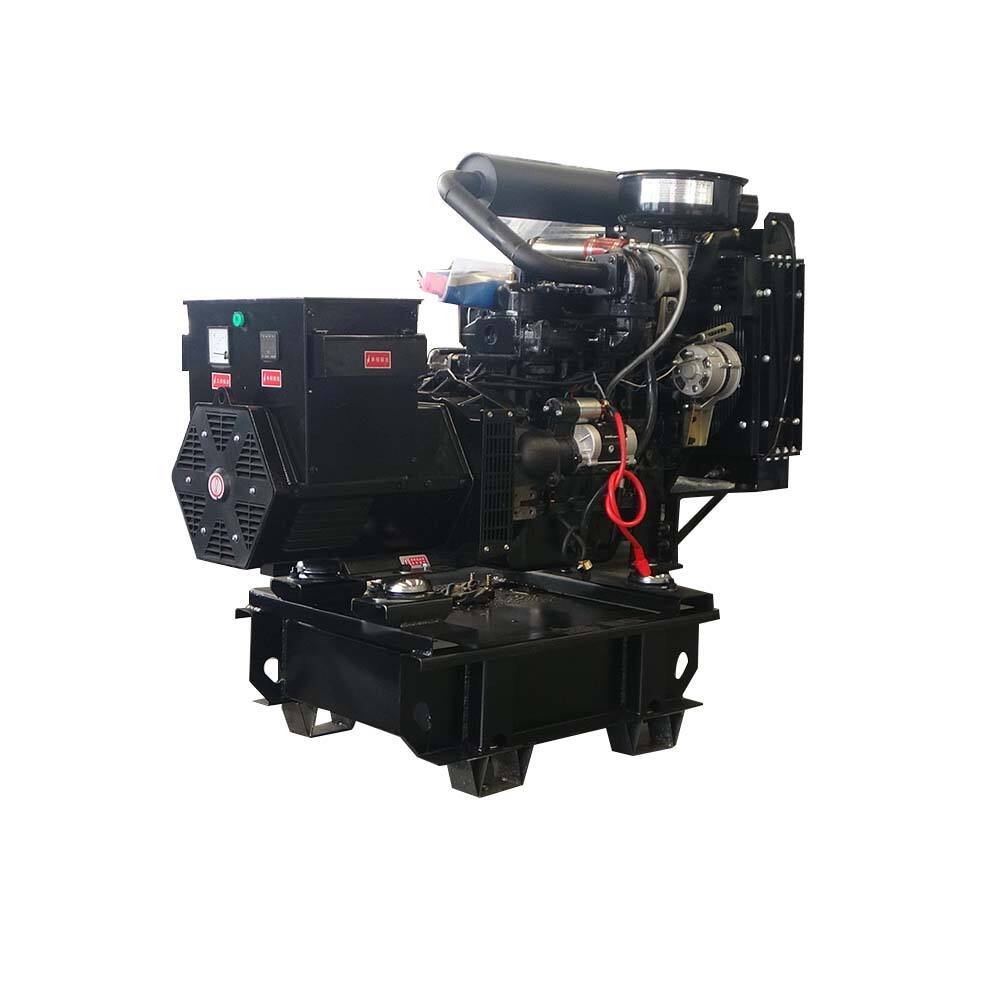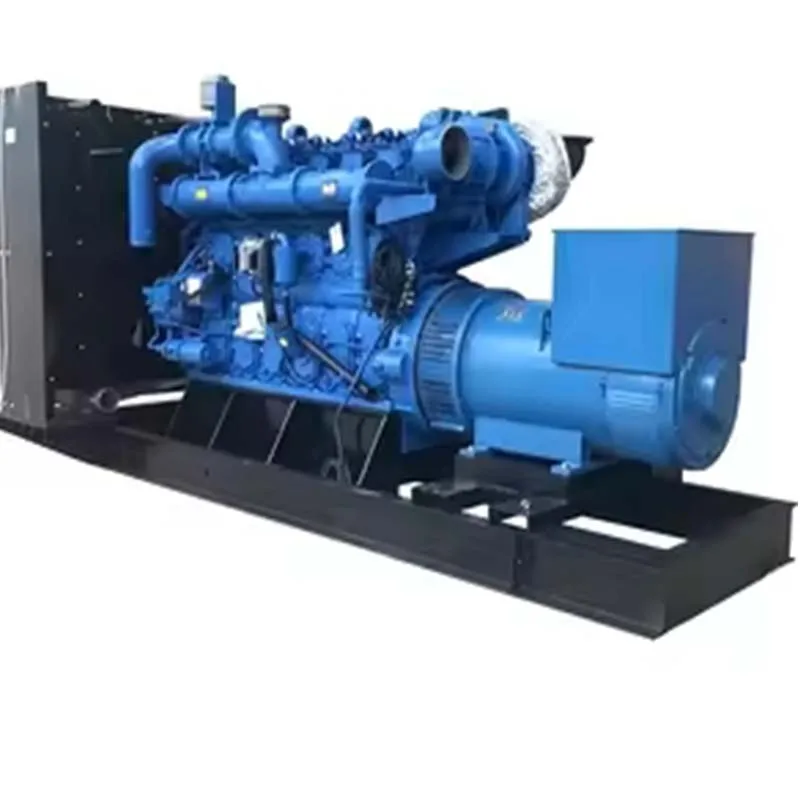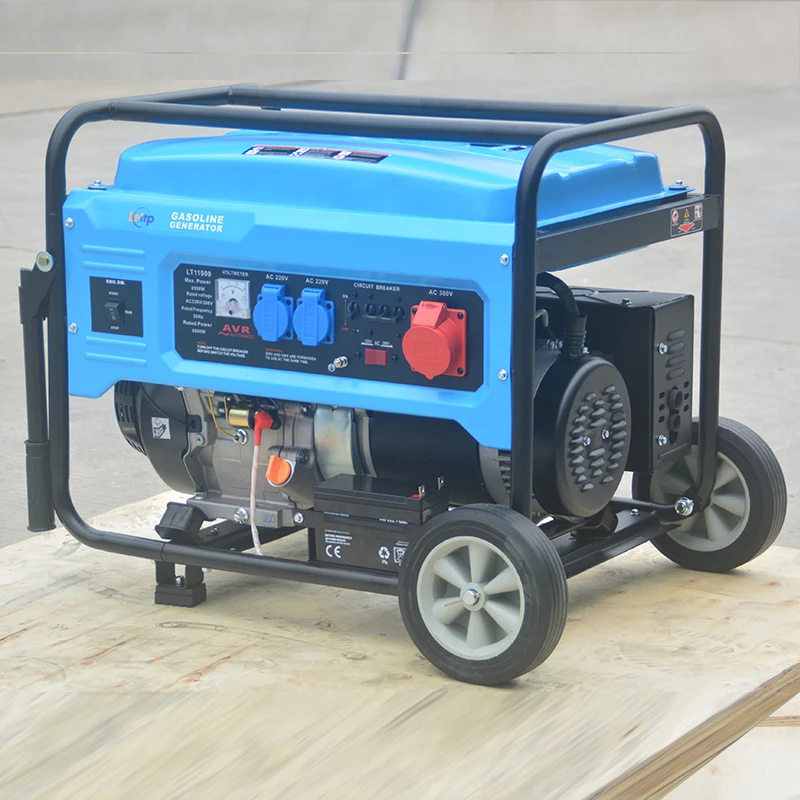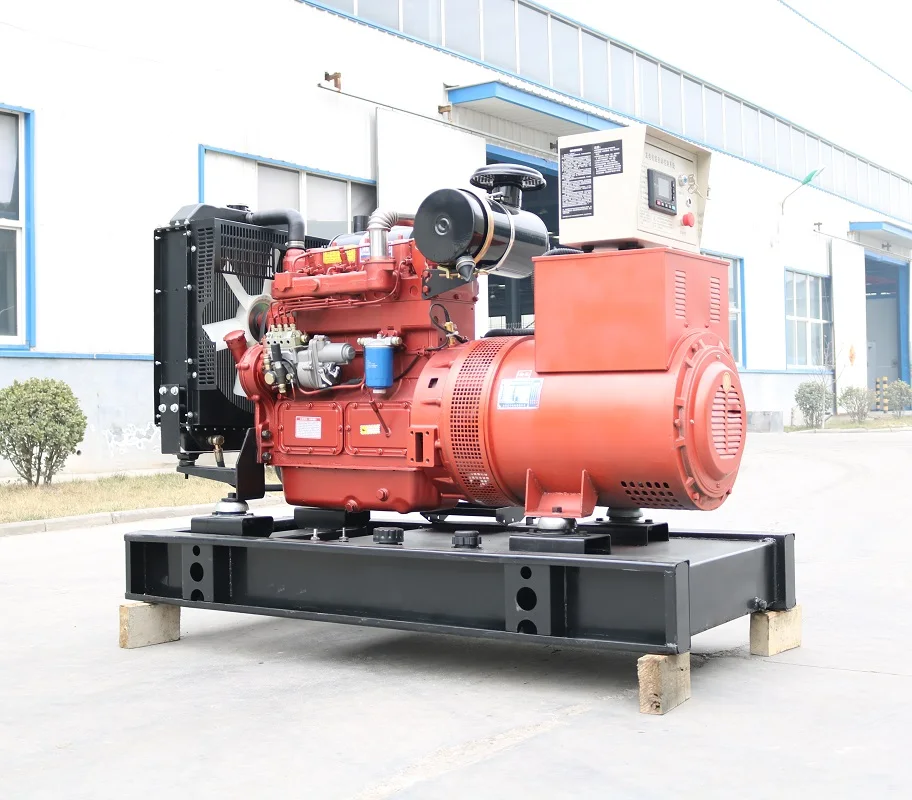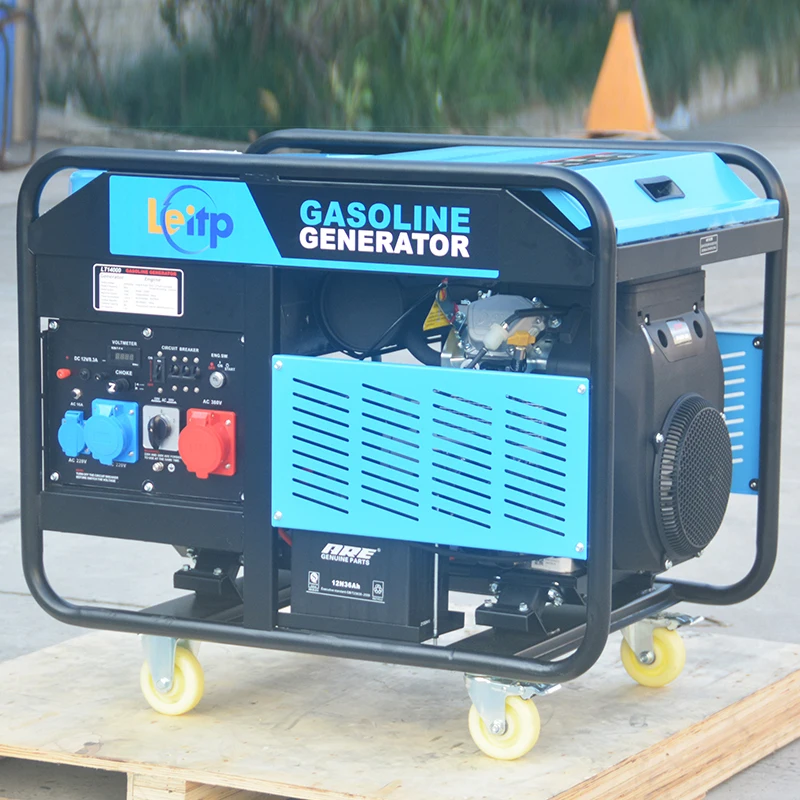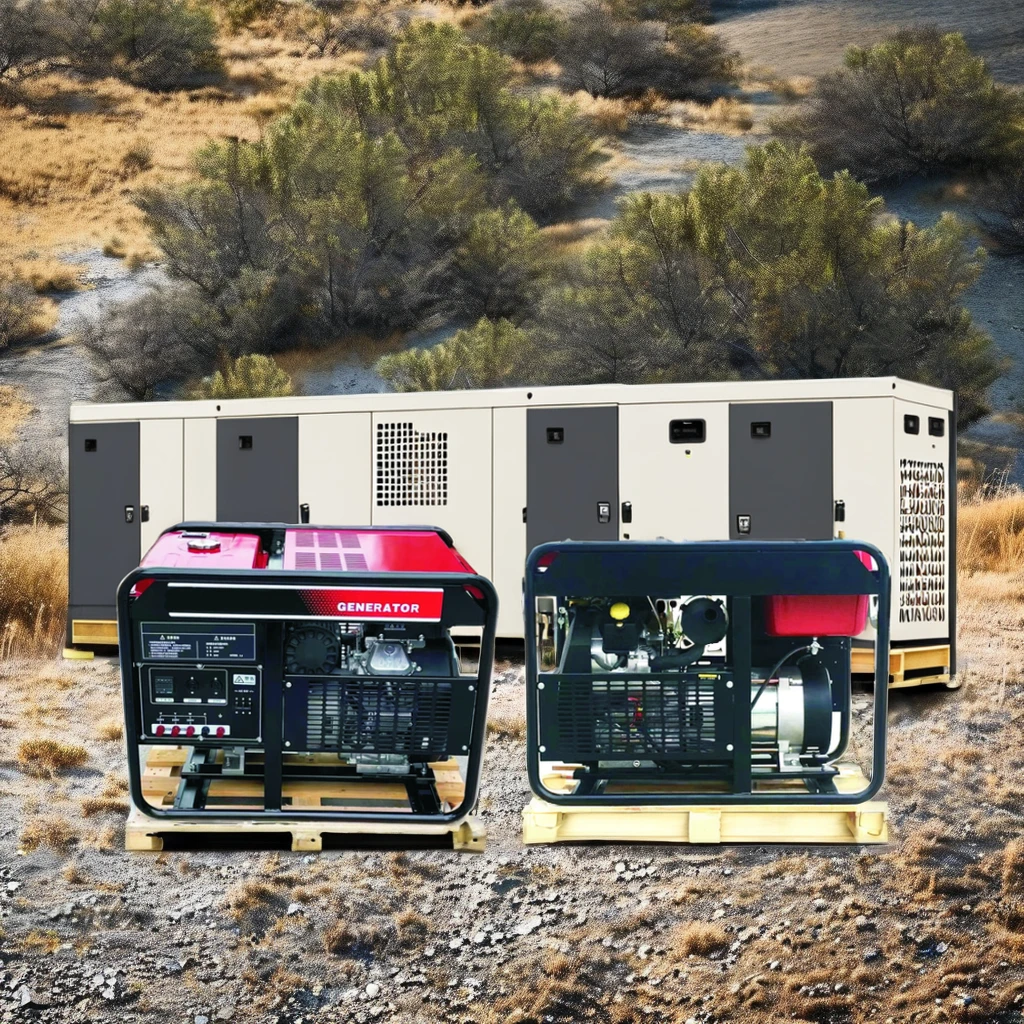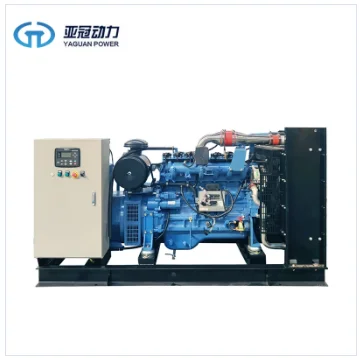Portable unmanned aerial vehicle dedicated charging diesel generator set
As a member of the power equipment family, Lei Teng ZH490ZD has excellent strength and strength. ARTISAN CRAFTSMANSHIP: It is painstakingly constructed by a team of professionals, integrating leading-edge technology and craftsmanship. This is a powerful device, can output power [X], can easily drive all kinds of large machinery. In the industrial manufacturing workshop, it continues to run stable to ensure the production line does not stop; In the face of sudden power supply failure, as the emergency power supply to quickly respond, guarding high-priority equipment normal operation. NEXGEAR: The ZH490ZD is also highly efficient when it comes to energy, with low fuel consumption and low operating costs. And it is green, efficient and environmentally friendly, with stringent standards for pollution, making it the ideal solution for one modern relationship with energy.
- Overview
- Related Products
⛽ I. Fuel efficiency and economy
High thermal efficiency: diesel engine compression ratio is high (usually more than 16:1), combustion is more complete, thermal efficiency of 40% ~ 50%, significantly better than gasoline generators (about 30%).
Low operating costs: diesel fuel is relatively inexpensive, and the same power under the fuel consumption is lower than the gasoline engine about 20% ~ 30%, long-term use of economic prominence.
⚙️ Second, power performance and load adaptability
Strong starting torque: diesel engine torque output is large, cold start performance is good, especially suitable for heavy-duty start or sudden load scenarios (such as motor start).
Wide power range: Can cover the demand from several kilowatts to megawatts, adapting to different scenarios such as home backup and industrial main power supply.
Continuous operation capability: Designed to support long-time uninterrupted operation, it is suitable for mining, data centres and other fields that require highly reliable power supply.
🛡️ III. Reliability and Environmental Adaptability
Tough structure: key components (crankshaft, cylinder block) are thick and wear-resistant, and low-speed design (1500~3000 RPM) reduces mechanical loss.
Harsh environment operation: it can work stably under the conditions of plateau, low temperature (need preheating assistance), high temperature and high humidity, etc., with a low failure rate1.
Fast self-starting: emergency power supply scenarios can be started and power restored within seconds.
🔧 IV. Maintenance and Lifespan
Long maintenance cycle: no wearing parts such as spark plugs, basic maintenance is based on oil and filter replacement, and the cost is lower than that of gas units.
Long service life: under standard maintenance, the service life can reach 20~30 years, far more than petrol generators.
Requirements for oil replacement: every 200~500 hours of operation in normal environment requires oil change; high dust/high load environment needs to be shortened to 100~300 hours, and full synthetic oil (e.g. 5W-40) is recommended.
⚠️ V. Disadvantages to be concerned about
Noise and vibration: noisy during operation (need to install silent cover), vibration is higher than gas units, and there are requirements for the installation foundation.
Emission problems: despite technical improvements (e.g., adding DPF), NOx/particulate emissions are still higher than natural gas units, and ventilation needs to be strengthened for indoor use.
High initial investment: the acquisition cost is about 30%~50% higher than that of gasoline engine of the same power, but the advantage of long-term cost dilution is obvious.
💎 Summary
ZH490ZD as a diesel generator, the core advantages of fuel economy, heavy-duty endurance and long life, especially suitable for industrial and mining, infrastructure or emergency scenarios that require continuous power supply; its shortcomings are mainly reflected in the noise, emissions and the initial cost, which can be mitigated through the addition of a silent design, emission after-treatment system optimisation. It is advisable to consult the manufacturer's technical manual or contact the supplier for specific parameters.


